Throughout the school year, changing your guided reading groups to meet your students’ needs is (usually) relatively simple. If one student is struggling in a group, you bump her down to a lower group. Conversely, if a student is doing exceptionally well, you bump her up to a higher group.
But what about the beginning of the school year? In my opinion, forming groups for the first time is significantly more difficult than making changes later on.
If you’re like me, you may find yourself wondering things like, “Should I pay more attention to decoding or comprehension when I make my groups?” and “Can I put students with different reading levels in the same group?” Some years, my groups have come together nicely, but other years I’ve struggled with grouping a bit more.
I wish that I had some magical tip or strategy to share that would make setting up your groups a cinch. I certainly don’t! I can only share what has worked for me in previous years, as well as the things that I’ve struggled with along the way.
In today’s post, I’ll walk you through how I made my guided reading groups by considering multiple data points. Since Kindergarten at the beginning of the year is such unique situation, I’ve divided this post into two sections: one for Kindergarten and primary (1st/2nd).
I hope that hearing my thinking will help you think through your own grouping. I also hope that you’ll share your own tips and ideas in the comments!
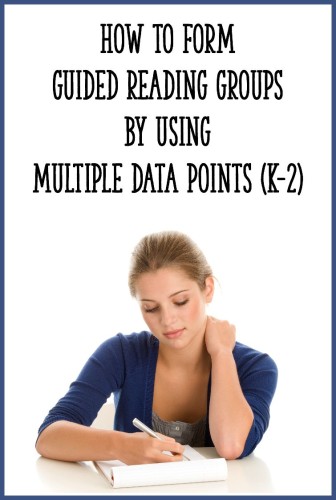
Photo attribution: Christo/Shutterstock
Kindergarten
I usually started guided reading at the end of September or very beginning of October in my Kindergarten classroom (after about 4-6 weeks of school). I think that Kindergarten is the hardest grade level to make guided reading groups for, at least at the beginning! Here’s what I did to come up with my groups:
1. I administered a formal assessment. First, the bilingual resource teacher gave my students the ISEL. This is an Illinois assessment (ISEL = Illinois Snapshot of Early Literacy) that tests beginning Kindergarteners’ knowledge of letter sounds, letter names, basic phonemic awareness, ability to match 1:1 when tracking print, and listening comprehension. If you don’t have access to the ISEL or another “emergent reader” assessment at your school, you can still administer letter names and sounds tests, as well as a phonemic awareness assessment (if you have a membership to Reading A to Z, find helpful assessments here). I know that it’s difficult to give one-on-one assessments at the beginning of the year in Kinder, but perhaps your reading specialist or other support teacher can assist you.
2. I had students practice reading patterned books like we would be doing during guided reading. I found or printed copies of a simple patterned book for all of my students, and I modeled how to read the book. Then, I gave them all their own copies and had them practice reading them during independent reading time. I made notes about who was able to imitate my reading, track print left to right, point 1 to 1, etc. I wanted to see, more or less, how far along each child was in mastering print concepts for emergent readers. I did this with a couple of books before making my groups.
3. I used the ISEL results and my notes about students’ reading to make my best guess about grouping. Using just a letter sound or letter naming test, in my opinion, would not have been sufficient. Students may know their letter names and some sounds, but that does not necessarily mean that they will be able to read patterned books. Yes, we do some letter sound work during guided reading, but the kids also have to, well, read. Students need to grasp some print concepts in order to be successful with those little books.
I also prioritized letter sound knowledge over letter name knowledge, because students need letter sound knowledge in order to begin decoding. I made my groups (more or less) like this:
Group 1 (highest group): Strong letter sound knowledge + strong understanding of print concepts
Group 2: Some letter sound knowledge + strong understanding of print concepts
Group 3: Some letter sound knowledge + some grasp of print concepts
Group 4: Low letter sound knowledge + some grasp of print concepts
Group 5 (lowest group): Low letter sound knowledge + little grasp of print concepts
I know that the words I’ve used here, like “low,” and “some,” are vague. But my main point is that I looked at both letter sound knowledge and grasp of print concepts. In isolation, neither data point would be very helpful in determining my groups, but they were useful when I used them together.
To simplify all of this for you, I’ve created an EDITABLE Excel spreadsheet that you can download here. You first input the number of letter sounds known by each student (column B), and it will generate a value for you (1-3) in column C. A 1 indicates that the student knows few or no letter sounds (between 0 and 5), a 2 indicates that the student knows some letter sounds (6-17), and a 3 indicates that the student knows many letter sounds (18-26).
Next, I’ve included 3 print concepts that you can observe in your students. Does the child point to the words when reading or pretend reading? Does the child point to just one word as she says one word aloud (matching 1:1)? Does the child turn pages left-to-right and track print left-to-right? Give each child a 0 for “no” or a 1 for “yes” in these three columns. Then, column G will automatically generate a score from 1-3.
When you’re done, you’ll have two scores for each child – a letter sounds score and a print concepts score (each on a scale from 1-3). You can sort your students by scores within the spreadsheet, and then use these scores in conjunction to help you make your guided reading groups.
Believe me when I say that there’s nothing magic about this little formula I’ve created – it’s just something basic that has helped me simplify the murky process of making groups for the first time.
I also want to mention that I don’t ignore phonemic awareness or comprehension skills when making groups. I definitely looked at students’ scores in these areas, and this data further helped me make grouping decisions. The spreadsheet I’ve linked to above is just a starting point.
Even after looking at multiple data points to come up with my groups, they don’t work out perfectly. I almost always make a few changes after the first week or two. But using this strategy certainly gives me a good place to start!
Primary (1st/2nd)
I used multiple data points to make my guided reading groups in 1st/2nd, just as I did in Kindergarten. However, the data points I used were different, since most students in 1st/2nd are beginning to read traditionally.
Here’s the data that I considered when making my guided reading groups:
1. Decoding and comprehension: I know that these two areas are often considered to be separate, but I’ve grouped them together here. Decoding and comprehension jointly make up a student’s reading level, which is the most important factor I consider when making my groups.
I love using the Fountas and Pinnell Benchmark Assessment System to find my students’ guided reading levels. In this assessment system, you give running records and comprehension checks to find your students’ instructional reading levels (the level that each student should be reading at during guided reading – whenever possible). This assessment ensures that you take into account both decoding skills and comprehension abilities.
If you don’t have access to this wonderful assessment, you can still take running records of your students’ reading and then ask questions/have them do a retelling to check their comprehension. Reading A to Z has benchmark assessments that you can use (and a correlation chart to help you match the Reading A to Z levels to Guided Reading levels, DRA, and Lexile levels).
Although I’ve lumped decoding and comprehension together for purposes of determining a reading level, I still do pay attention to each component separately. Two students at the same reading level may have very different needs! For example, one student may be “stuck” at a Level G due to decoding reasons, although her comprehension at higher levels may be very good. Another student may be at a Level G because although she could decode more difficult text, her comprehension declines at higher reading levels.
Depending upon the makeup of my class, I may have to put those two students in the same group. However, I would definitely want to devote additional time to addressing those students’ needs. The student who has decoding issues, for example, would benefit from small group word study instruction.
2. Fluency: Fluency is another important factor that I consider when making groups. If a child can decode and comprehend text at Level H, for example, but it takes him 20 minutes to read that text…well, he probably doesn’t belong in a group with other students who read Level H books in 5 minutes, even if he is technically at the same instructional level.
There are many different ways to rate students’ fluency. I typically use the fluency rating component from the Fountas and Pinnell Benchmark Assessment system I described above. You can also use timed reading assessments like Aimsweb or DIBELS to evaluate students’ accuracy and rate. But if you use one of those timed assessments, don’t forget to think about things like phrasing and attention to punctuation – those are part of fluency, too! Reading A to Z also has some fluency passage assessments that you can try out, if you have a subscription.
Note: I never, ever make a decision solely based upon students’ fluency or reading rate. Assessments like Aimsweb or DIBELS can be useful, but they (in my opinion) should not be used to determine grouping for guided reading. I typically use fluency to help determine if a student can go up or down one group – after looking at their decoding and comprehension abilities.
3. Sight word knowledge: This data point is particularly relevant for first grade, in my opinion, and is closely related to fluency. The more words that a students can read instantly, the more quickly she will finish a text (usually). Additionally, when a student spends less time decoding high-frequency words, this means that she can (usually) devote more brain-power to comprehending a text.
Just like with fluency measures, I would never use a sight word test as the sole determiner for setting up my guided reading groups. However, if you find yourself uncertain about which of two groups a child belongs in, looking at sight word knowledge can be helpful in determining if the student should go “up” or “down.”
You can download a simple, EDITABLE Excel spreadsheet to track all of the above data points by clicking here.
In a nutshell, to determine guided reading groups in primary, I look first at decoding and comprehension to find an instructional reading level, and I then look at fluency/sight word knowledge. As much as possible, I group students by reading level. But you know as well as I do that it’s hard to get the groups to fall perfectly. I like to keep 4-6 students in each group, so sometimes that requires moving students “up” a group or “down” a group.
Here’s a list of situations in which I would move a student up or down:
If necessary, I bump a student “up” when…
- She missed the next level up due to a minor decoding error or two (but still had strong comprehension of the text)
and/or
- She reads with strong comprehension and strong fluency / a rapid reading rate at her instructional level
If necessary, I bump a student “down” when…
- She read the text at her instructional level with low fluency and a slow reading rate (and she may also struggle with sight words)
and/or
- Her comprehension at her instructional reading level was passable, but not very strong
and/or
- Her oral language skills are not particularly strong, and she needs a lot of prompting to answer comprehension questions about texts at her instructional reading level
Something I would never do is use the results of a single assessment to form my groups. At my school, for example, the kiddos take the NWEA-MAP test. Although the results can give me some insight into my students’ abilities (and it provides Lexile ranges), I do not consider it a tool for grouping students. I prefer to rely on tests where I can observe students’ reading behaviors firsthand, so that I can find out more about why they are struggling or excelling in certain areas.
Conclusions
Whew! This has been a long post, so thanks for sticking with me. I hope it’s given you some ideas about how to set up your guided reading groups at the beginning of the year.
The good news is that once you form your groups, they aren’t set in stone! I like to take one running record (of one child’s reading) each time I meet with a group. That way, I can use that data to inform my instruction and re-group my students as needed.
Do you need guided reading lessons and a strategy for keeping everything organized? Check out my guided reading bundles below (single-level packs and other bundle options are available HERE):
Happy teaching!

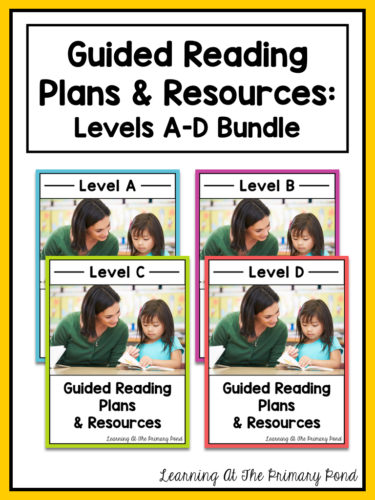
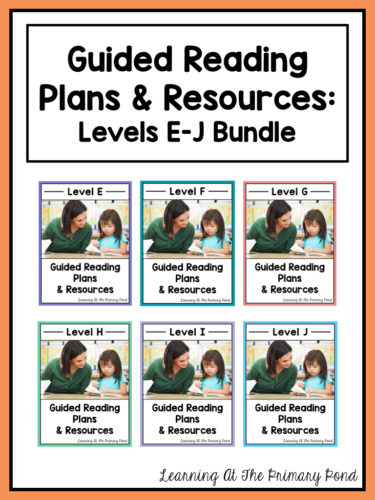
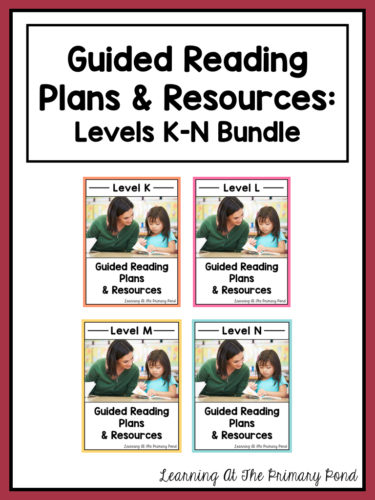


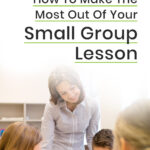
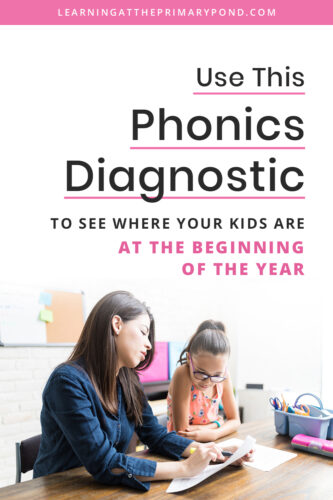
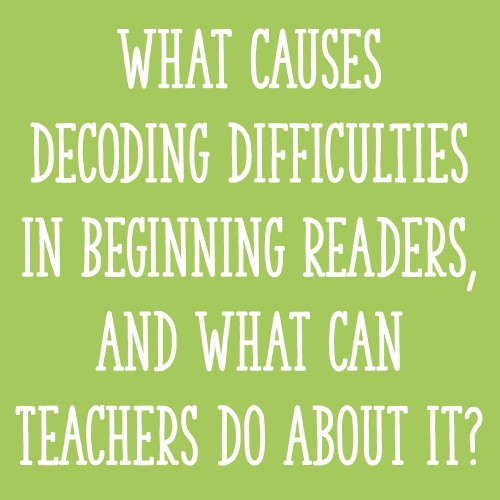
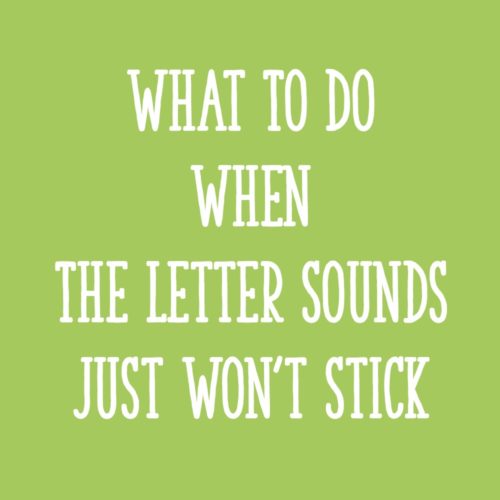






Hi,
What levels do you combine, so you can have a manageable number of groups?
Hi! It just depends on what levels I end up with – some levels are easier to combine than others. I don’t like to have more than 2-3 levels in a group, if at all possible!
Alison
Hi, I downloaded the spreadsheet. Thank you! I just can’t get the scores to calculate in the red columns. What formulas did you use and I can try to put them in. Thank you.
Hey Cheryl! If you email me at Alison@learningattheprimarypond.com, I can resend it to you and hopefully get it to work. 🙂
Alison
so happy to find your dte. It is soooo helpful to me. I also am going from teaching middle school science for 10yrs,then kindergaten for 11 years and this year I am going to 2nd grade. I m excited, cant wait, and your site has answered so many questions. THANK U SO MUCH.
You’re so welcome – glad this was helpful!! Good luck in 2nd grade!! 🙂
Alison